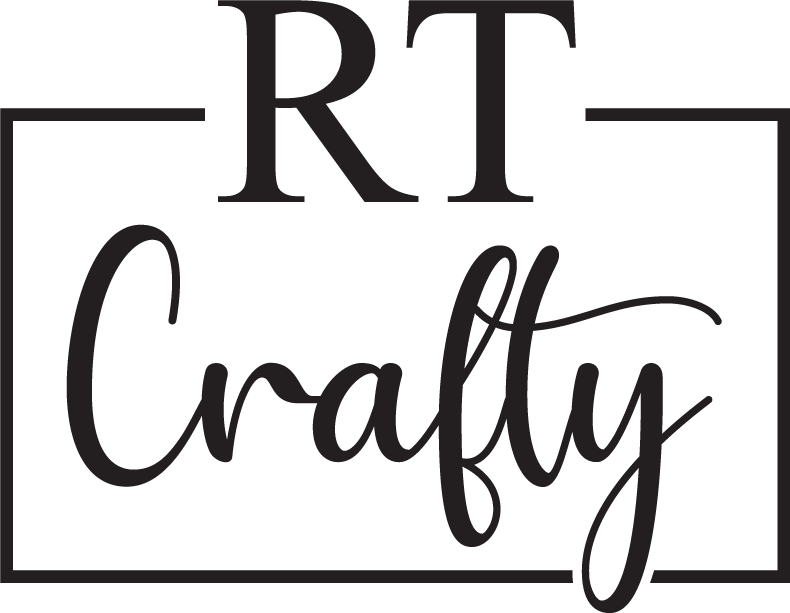
Website Lingo Explained: A Beginner’s Guide to Essential Terms

When starting your journey into building a website and online presence, you may come across unfamiliar terms and acronyms that can be confusing. Understanding these terms is essential for effective communication and comprehension. In this article, we’ll provide a beginner-friendly guide to explain commonly used website lingo, helping you navigate the web development landscape with confidence.
Domain Name:
A domain name is the unique address that identifies a website on the internet (e.g., www.example.com). It serves as your website’s online identity and should reflect your brand or website’s purpose.
Web Hosting:
Web hosting is the service that allows your website to be accessible on the internet. It involves storing your website’s files and data on a server that is connected to the internet. Web hosting providers offer various plans that determine the storage space, performance, and features available to your website.
CMS (Content Management System):
A Content Management System is a software platform that simplifies the creation and management of digital content on your website. It provides an intuitive interface for adding and editing content, managing media files, and controlling website functionality. Popular CMS platforms include WordPress, Joomla, and Drupal.
Responsive Design:
Responsive design refers to the practice of designing and developing websites that adapt and optimise their layout and content based on the user’s device and screen size. A responsive website ensures a consistent and user-friendly experience across desktops, tablets, and mobile devices.
SEO (Search Engine Optimisation):
Search Engine Optimisation is the process of improving a website’s visibility in search engine results. It involves various strategies, such as optimising website content, meta tags, and URLs, building high-quality backlinks, and ensuring a user-friendly website structure. The goal is to increase organic (non-paid) traffic to your website.
UX (User Experience):
User Experience refers to the overall experience a visitor has while interacting with a website. It encompasses factors such as website navigation, page load speed, design aesthetics, ease of use, and accessibility. A positive user experience leads to higher engagement and satisfaction among visitors.
SSL (Secure Sockets Layer):
SSL is a security protocol that establishes an encrypted connection between a web browser and a web server. It ensures that data transmitted between the user’s browser and the website remains secure and protected from potential threats. Websites with SSL certificates display a padlock icon and “https” in the URL, indicating a secure connection.
CMS Plugins/Extensions:
Plugins (or extensions) are add-on software components that enhance the functionality of a CMS. They offer additional features, such as contact forms, e-commerce capabilities, SEO optimisation, security enhancements, and social media integration. Plugins extend the core functionality of your CMS without requiring coding knowledge.
FTP (File Transfer Protocol):
FTP is a standard network protocol used for transferring files between a local computer and a web server. It allows you to upload, download, and manage files on your website. FTP clients (software) facilitate the connection and file transfer process.
UI (User Interface):
User Interface refers to the visual elements and interactive components that users interact with on a website. It includes menus, buttons, forms, navigation bars, and other elements that enable users to navigate and interact with the website’s content.
Backend and Frontend: Backend refers to the server-side of a website that handles data processing, server configuration, and database management. It includes the server, application, and database layers that power the website. Frontend, on the other hand, refers to the client-side of a website that users interact with directly. It involves the design, layout, and functionality visible to the users.
HTML (Hypertext Markup Language):
HTML is the standard markup language used for creating the structure and content of web pages. It provides a set of tags that define the elements and their layout on a webpage. HTML tags define headings, paragraphs, links, images, forms, and other elements that make up a webpage.
CSS (Cascading Style Sheets):
CSS is a stylesheet language used for describing the presentation and visual style of a web page written in HTML. It controls the colors, fonts, layout, and overall visual appearance of a website. CSS allows you to separate the design from the structure and content of a webpage.
JavaScript:
JavaScript is a programming language that adds interactivity and dynamic behavior to websites. It enables features such as form validation, interactive elements, animations, and dynamic content updates. JavaScript is executed on the client-side, directly within the user’s web browser.
CMS Theme:
A CMS theme is a pre-designed template that determines the overall look and feel of a website built on a Content Management System. Themes provide a consistent design framework, including layout, colors, typography, and overall styling. Users can select and customise themes to create a visually appealing website without starting from scratch.
E-commerce:
E-commerce refers to conducting commercial activities, such as buying and selling products or services, online. An e-commerce website facilitates online transactions, secure payment processing, inventory management, and order fulfillment.
Blog:
A blog is a section of a website dedicated to regularly publishing articles or posts on specific topics. Blogs provide a platform for sharing information, opinions, and engaging with readers. They often include features such as comment sections, categories, and tags for easy navigation and organisation of content.
Domain Registrar:
A domain registrar is a company or organisation authorised to manage the registration of domain names. They allow individuals and businesses to search for and register domain names for their websites. Registrars maintain domain records, handle renewals, and provide DNS (Domain Name System) management services.
Bandwidth:
Bandwidth refers to the amount of data that can be transmitted over a network connection within a given timeframe. In the context of web hosting, it typically refers to the amount of data transferred between the website and its visitors. Bandwidth affects website performance and determines how many visitors can access the site simultaneously without slowdowns.
Analytics:
Analytics refers to the collection, measurement, analysis, and interpretation of data related to website performance and user behavior. Web analytics tools provide insights into website traffic, user engagement, demographics, conversion rates, and other key metrics. Analysing this data helps optimise website performance, improve user experience, and make data-driven decisions.
DNS (Domain Name System):
The Domain Name System (DNS) is a decentralised system that translates domain names into IP addresses. When a user enters a domain name in their web browser, DNS servers translate it into the corresponding IP address to establish a connection with the website’s server.
Uptime:
Uptime refers to the amount of time a website or web server is operational and accessible to visitors. It is typically expressed as a percentage, with higher percentages indicating better reliability and availability. Monitoring uptime is crucial to ensure that your website remains accessible to users at all times.
CMS Plugin/Module:
A CMS plugin (or module) is a piece of software that extends the functionality of a Content Management System. Plugins offer additional features, customisation options, and integration capabilities, allowing users to enhance their websites without coding. They can add functionality such as image galleries, social media integration, e-commerce solutions, and more.
CTA (Call-to-Action):
A Call-to-Action is a prompt or button on a website that encourages visitors to take a specific action, such as signing up for a newsletter, making a purchase, or contacting the business. CTAs are designed to drive user engagement, conversions, and achieve specific goals for the website.
URL (Uniform Resource Locator):
A URL is the address that specifies the location of a specific web page or resource on the internet. It consists of various components, including the protocol (e.g., https://), domain name, path, and optional query parameters. URLs enable users to navigate between different web pages and resources.
FTP (File Transfer Protocol):
File Transfer Protocol (FTP) is a standard network protocol used for transferring files between a local computer and a remote server. It allows users to upload, download, and manage files on their website’s server using FTP client software.
Cache/Caching:
Caching involves temporarily storing website data, such as images, HTML files, and scripts, in a cache. When a user revisits a website, the cached data is loaded from the cache instead of being fetched from the server again. Caching improves website performance and reduces server load, resulting in faster page load times.
CDN (Content Delivery Network):
A Content Delivery Network (CDN) is a network of servers distributed across multiple geographic locations. CDNs store copies of website files and deliver them to users from the server nearest to their location. This helps minimise latency, reduce bandwidth usage, and improve website performance for users worldwide.
404 Error:
A 404 error, also known as “Page Not Found,” occurs when a user tries to access a web page that does not exist or has been moved. Web servers return a 404 status code to indicate that the requested page could not be found. Customising the 404 error page with helpful information and navigation options can enhance the user experience.
Alt Text:
Alt text, short for alternative text, is a description or text attribute added to an image tag in HTML. It provides a textual representation of an image, which is displayed when the image cannot be loaded or accessed by a user. Alt text is essential for accessibility purposes and helps visually impaired users understand the content of an image.
Meta Tags:
Meta tags are HTML elements that provide information about a web page to search engines and browsers. They are placed in the head section of a webpage’s HTML code. Common meta tags include the meta title (displayed in search engine results), meta description (provides a summary of the page’s content), and meta keywords (used to specify relevant keywords for search engines).
Bounce Rate:
Bounce rate is a metric that measures the percentage of visitors who leave a website without interacting with any other pages. A high bounce rate may indicate that visitors did not find what they were looking for or that the website’s content or user experience needs improvement.
Expanding your understanding of website lingo is essential for effective communication and successful website management. We have covered a wide range of terms, by familiarising yourself with these terms, you’ll be better equipped to navigate the web development landscape, make informed decisions, and optimise your website’s performance and security. Remember, continuous learning and staying up-to-date with the latest industry terminology will contribute to your overall success in the dynamic world of website management. Happy building.

